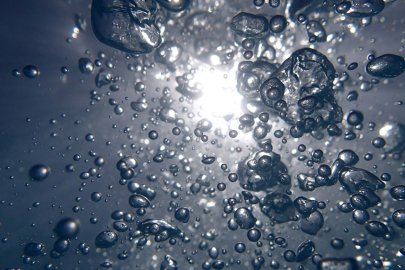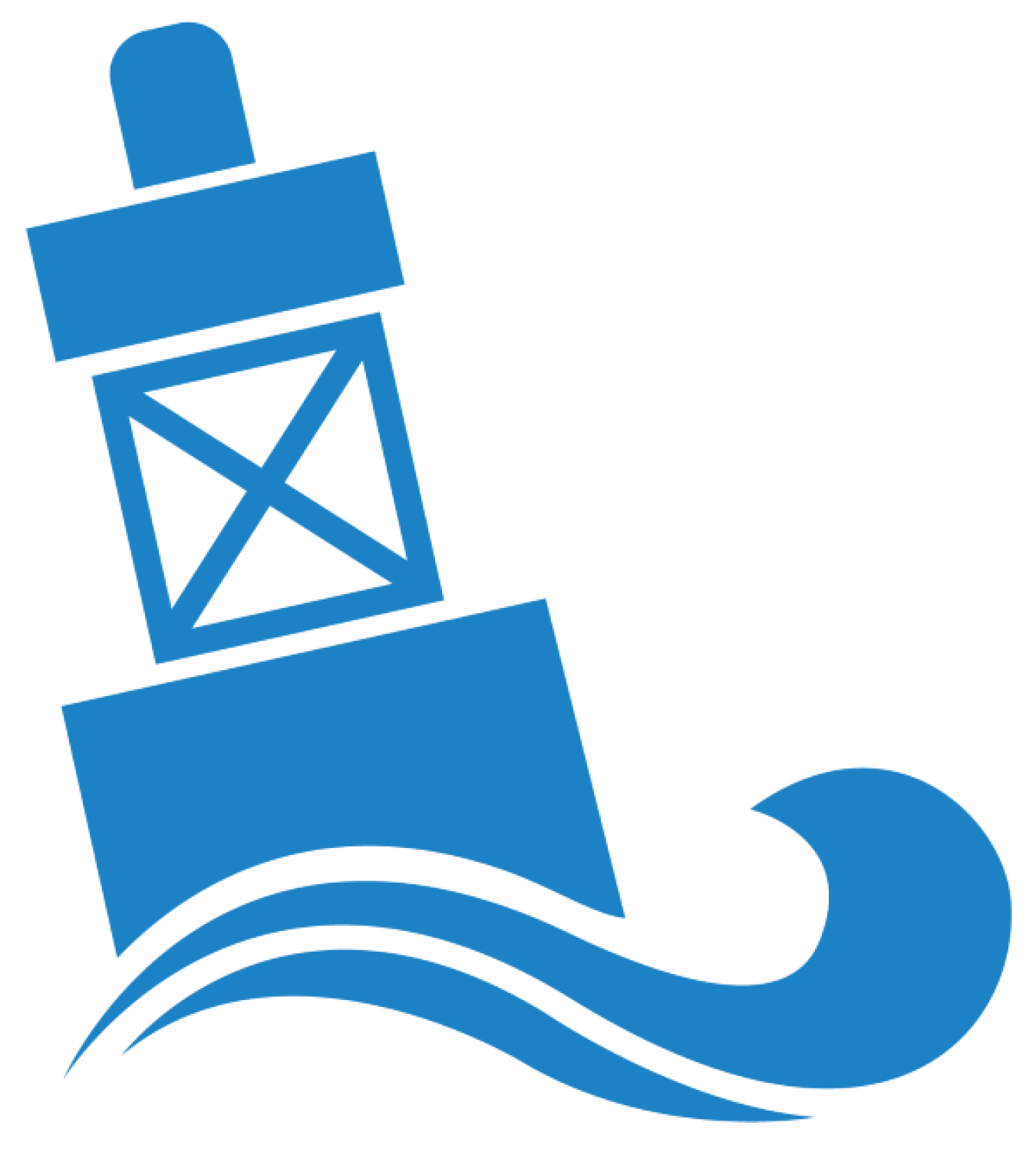Team develops artificial intelligence-based system that searches for optimal placement and monitors environmental effects of marine energy devices.
Water Power Technologies Office
March 14, 2024Marine Energy Program
Foundational Research and Development
Project Name: Sea Remote Controlled Hydrographic Explorer and Recorder (SEARCHER) Project
Project Team: Hydronalix Inc. (lead), Oregon State University (Pacific Marine Energy Center), and University of Delaware
Lead Recipient Location: Green Valley, Arizona

A team led by Hydronalix Inc. is developing an autonomous device, called the Sea Remote Controlled Hydrographic Explorer and Recorder (SEARCHER), to monitor environmental conditions surrounding potential wave energy deployment sites, help determine optimal placement of devices, and observe potential environmental effects from deployed wave energy converters (WECs). The team is also using artificial intelligence (AI) to train the system to recognize and mark specific targets.
SEARCHER is designed to monitor conditions around a deployed device by surveying seafloor conditions and bioindicator species. Bioindicators are living things, such as certain animal species, whose presence signals the health of an ecosystem. Scientists use bioindicators, along with other forms of monitoring, to confirm how ecosystem health may be impacted by the introduction of new stimuli (such as marine energy devices).
The team, which includes AI experts from the University of Delaware, is using AI to train the SEARCHER system to detect and map sand dollar distributions, which could be used as a bioindicator. Previous studies indicate sand dollar orientations (sticking out of versus buried underneath the sand) and depth distribution are related to the patterns of energy from waves. Sand dollars maximize the amount of food they can collect by locating in areas of the ocean where a lot of energy from waves reaches the seafloor. The project team hypothesizes that WECs may change the amount of energy from waves that reaches the seafloor, which would lead to changes in the depth distributions of sand dollar beds (e.g., moving to shallower areas). Measurements of sand dollar distributions before and after device installation could indicate whether an ecologically significant reduction in wave energy has occurred.

The SEARCHER device surveys an imaging area as it completes a test run.
Additionally, the SEARCHER team aims to use its sonar imaging systems to detect scour depressions in the sediment around the anchor systems of deployed devices. These scour depressions can occur after a device is installed if it disturbs sediment in some way or if currents move nearby sediments after installation. If SEARCHER can detect scour depressions and sand dollars on the seafloor, it can assist with long-term environmental monitoring at WEC locations.
In Fiscal Year 2023, the team upgraded SEARCHER’s imaging system to collect higher-quality images and tested it at Patagonia Lake in Arizona, along the Oregon coast near Yaquina Bay at the PacWave North test site, and at sand dollar beds inshore of the PacWave North test site. The datasets from tests like these are crucial to help better train SEARCHER's target detection capabilities.
Following the offshore test in Oregon, the team designed and built an extension arm and mounting system that positions the imaging sensor below sea level, which alleviates interference from rough water conditions and results in clearer images. The team also tested SEARCHER's performance in offshore conditions typical of wave energy development sites and practiced imaging.
The Pacific Marine Energy Center at Oregon State University provided logistical and at-sea support for testing in Oregon. The testing also gave students an opportunity to take part in this research.
As additional datasets are collected and target detection efficiency improves, SEARCHER could offer new insights into the correlation between the operation of marine energy devices and the potential effects of device deployment and energy extraction on the marine ecosystem.
This project is funded through the Small Business Innovation Research program.
-
National laboratory researchers designed a potentially more comprehensive and accurate methodology to measure wave energy in the United States and around the world.
-
 A national laboratory-led team deployed a first-of-its-kind marine carbon dioxide removal in Sequim, Washington. The system, developed by Ebb Carbon, is capable of sequestering 100 tons of carbon dioxide per year.
A national laboratory-led team deployed a first-of-its-kind marine carbon dioxide removal in Sequim, Washington. The system, developed by Ebb Carbon, is capable of sequestering 100 tons of carbon dioxide per year. -
 Team develops artificial intelligence-based system that searches for optimal placement and monitors environmental effects of marine energy devices.
Team develops artificial intelligence-based system that searches for optimal placement and monitors environmental effects of marine energy devices. -
 Researchers proved that taking a co-design approach to building a wave energy converter results in a more durable, powerful, and efficient device.
Researchers proved that taking a co-design approach to building a wave energy converter results in a more durable, powerful, and efficient device. -
 National laboratory researchers explore a new laser surface modification approach for marine energy devices to reduce corrosion and biofouling.
National laboratory researchers explore a new laser surface modification approach for marine energy devices to reduce corrosion and biofouling.
WPTO's marine energy e-newsletter shares news and updates on tools, analysis, and emerging technologies to advance marine energy.
The WPTO e-newsletter brings funding opportunities, events, publications, & hydropower and marine energy updates directly to your inbox.


